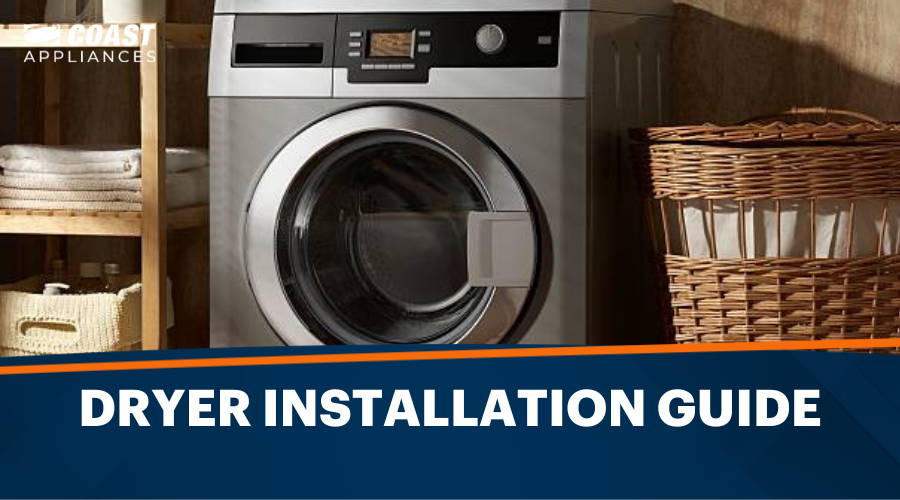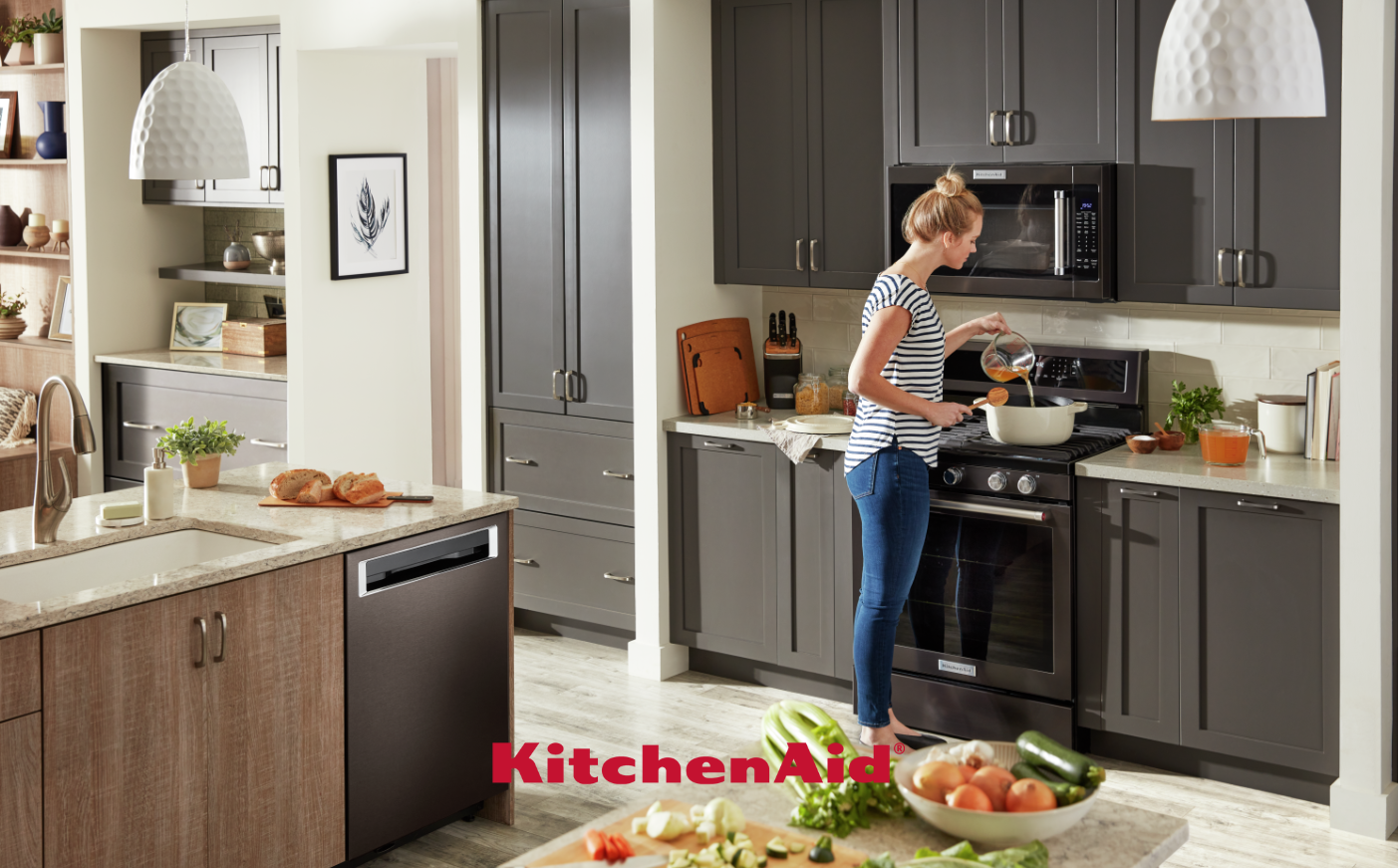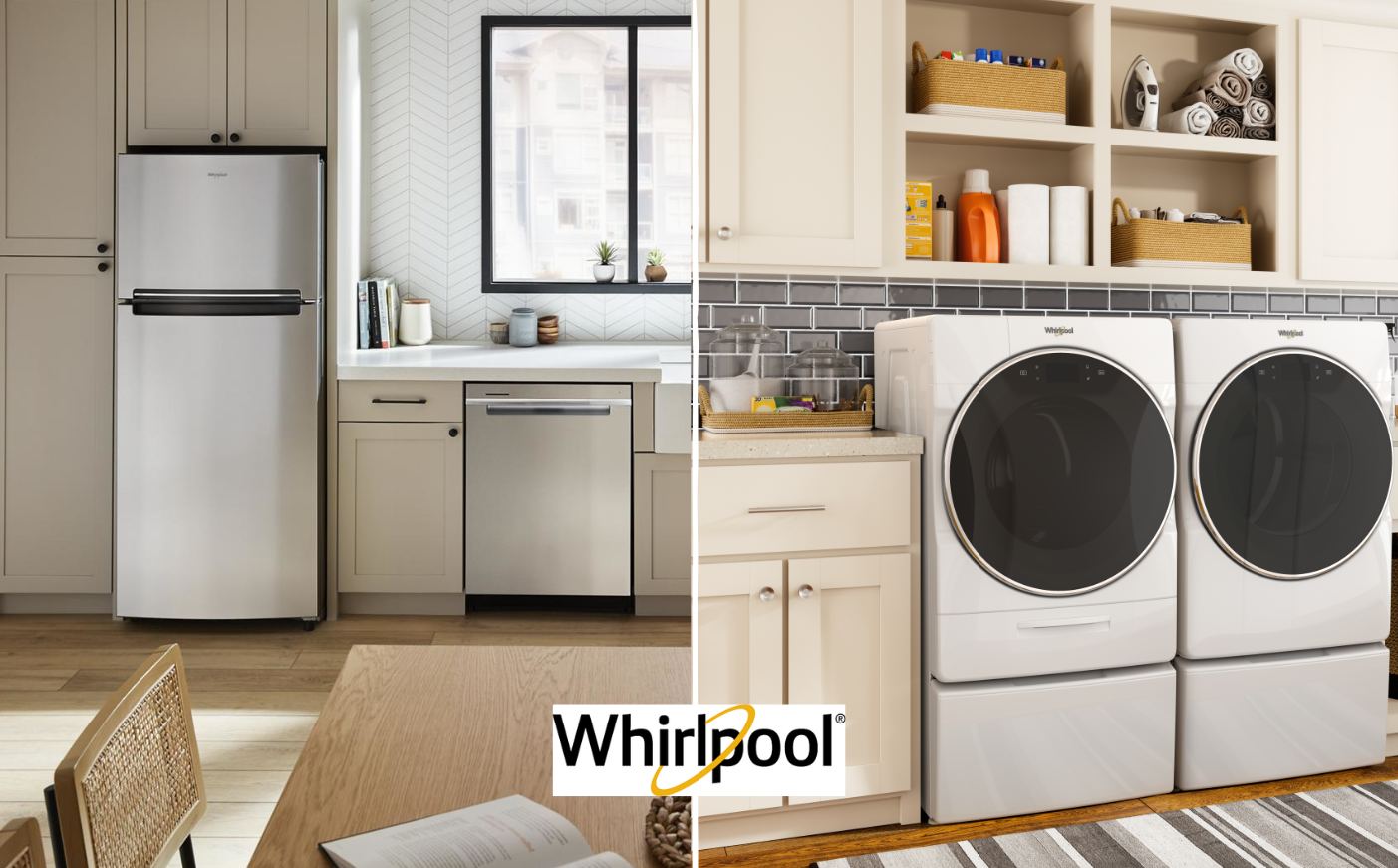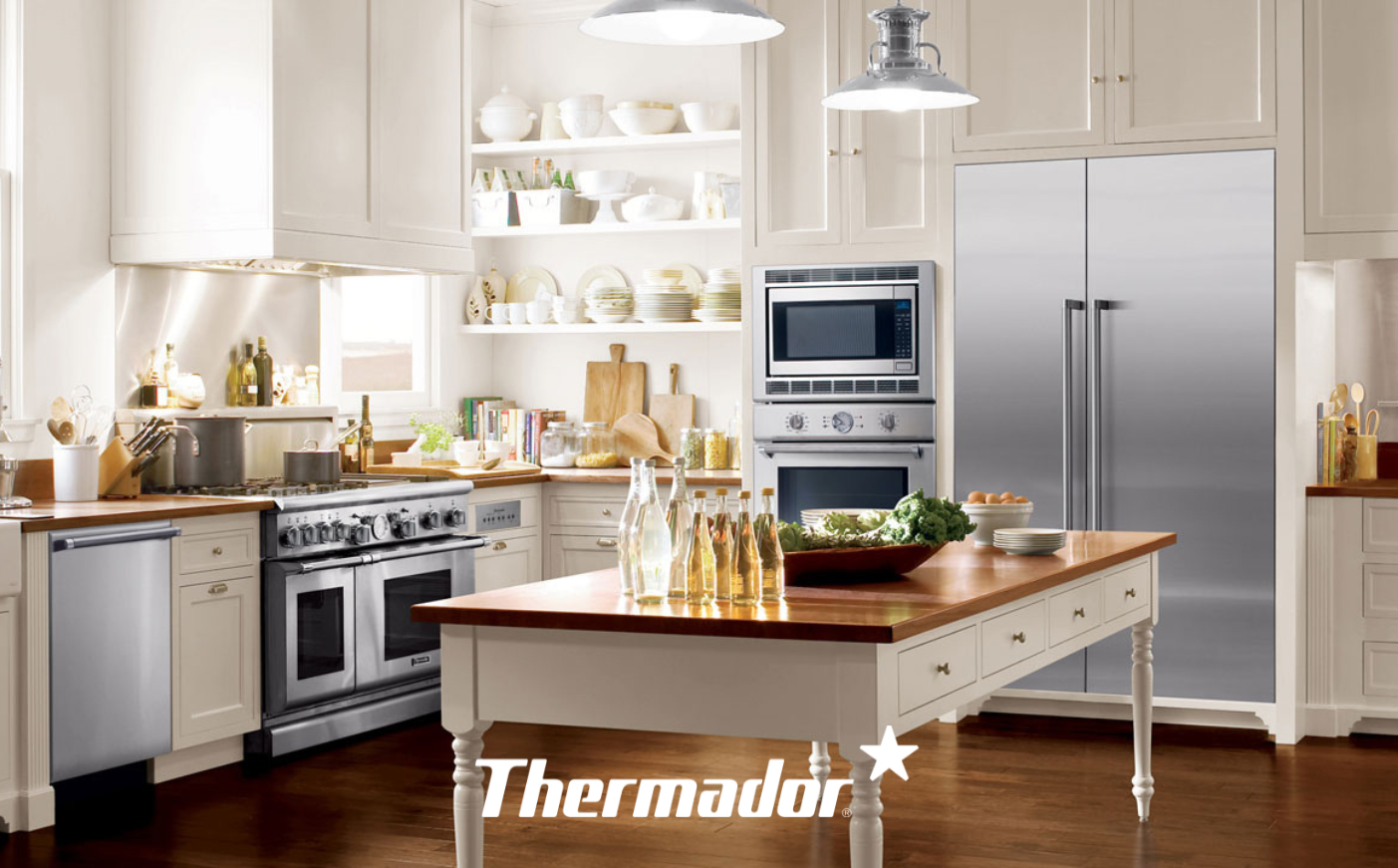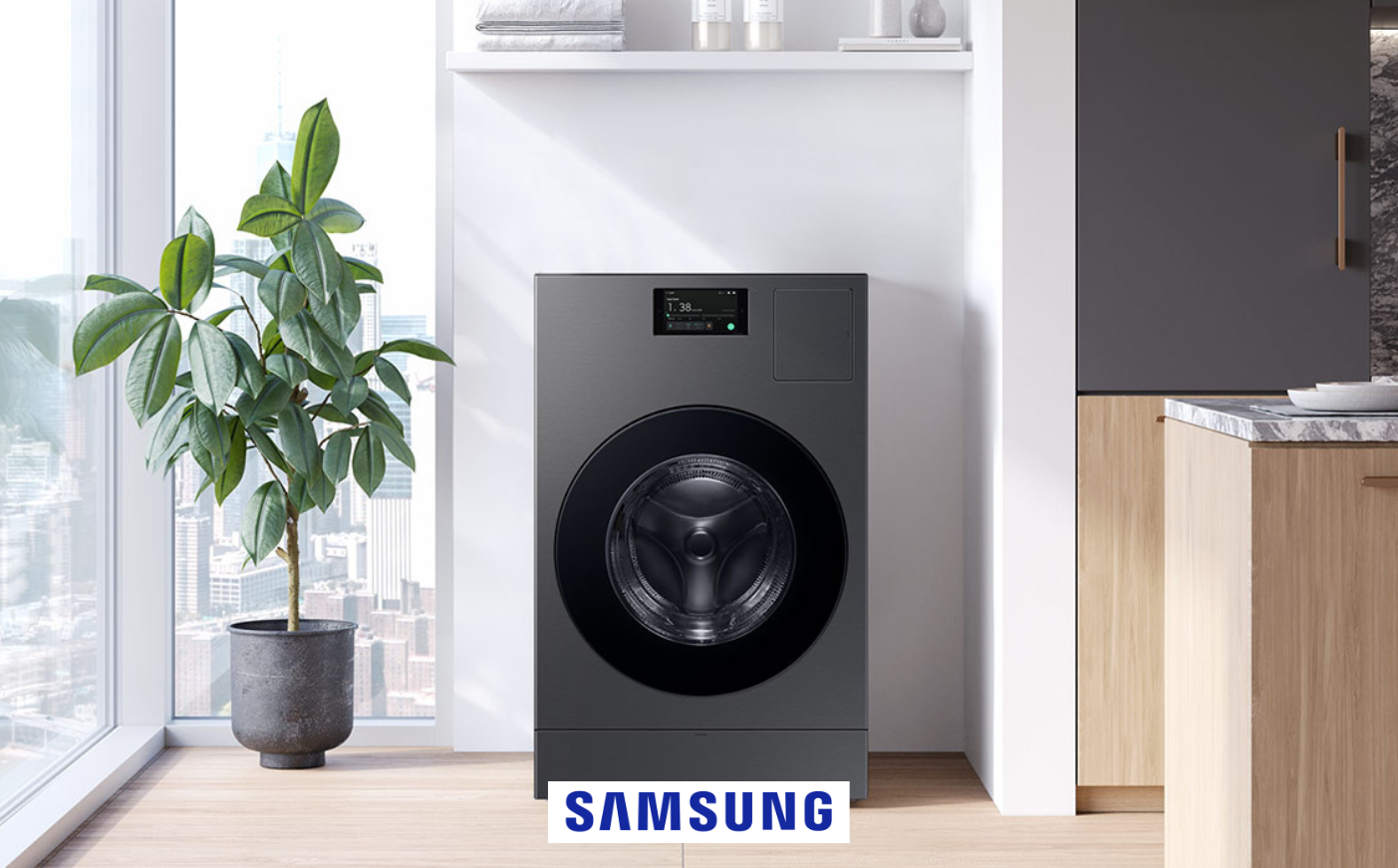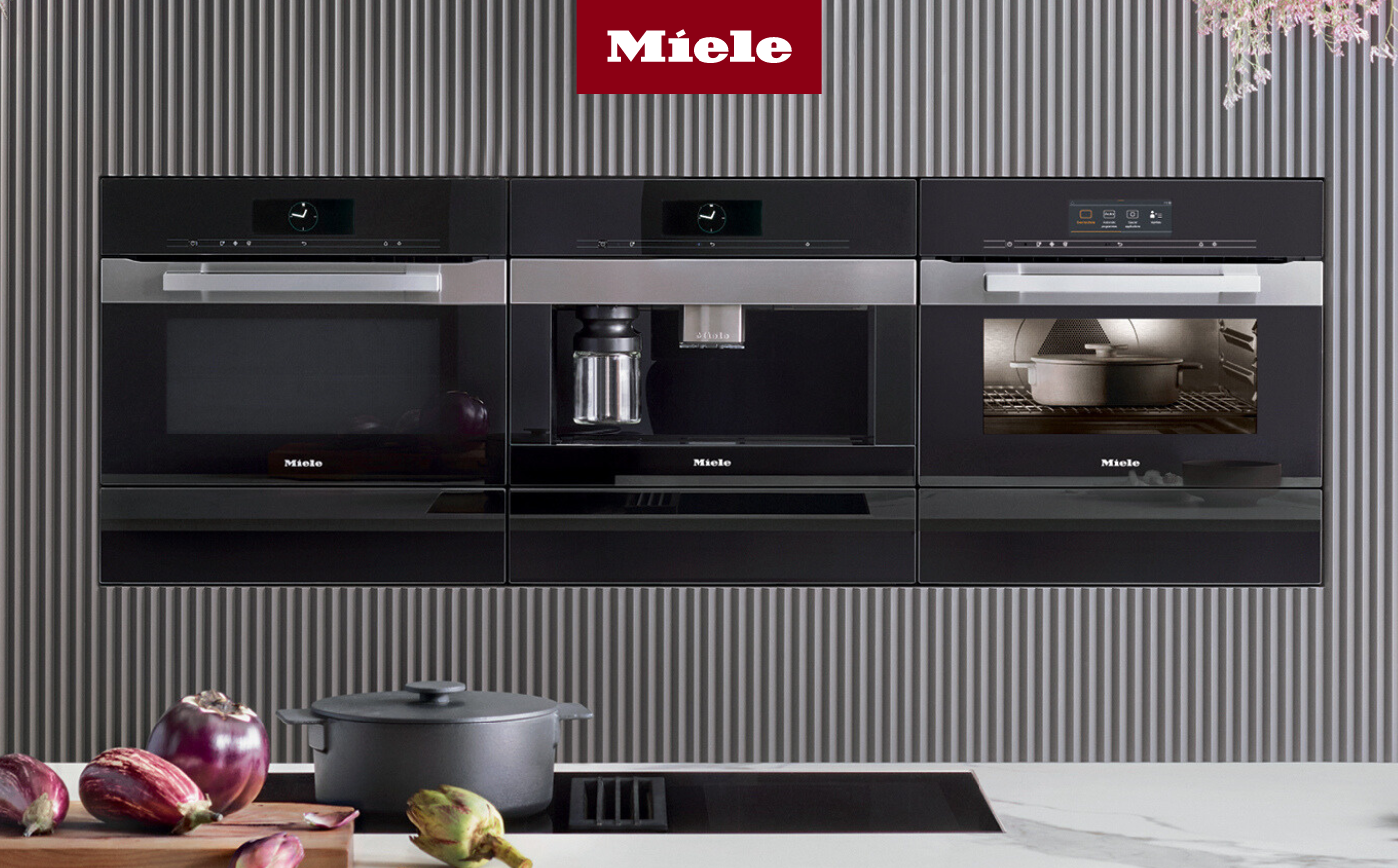Are you replacing your old dryer with a new gas or electric one? Good news! You can install it yourself with the right tools, step-by-step instructions, and an extra set of hands.
This guide will walk you through installing gas and electric dryers. Remember, this is an overview. Always follow your specific model’s instructions and safety guidelines.
In this article, we’ll cover:
Dryer Pre-Installation Preparation
Before getting started:
-
Ensure you have the installation instructions for your dryer.
-
Confirm if your desired location has the necessary connections.
-
If not, don’t hesitate to bring in a professional to ensure everything is safely set up.
Gathering Tools and Materials
Having everything ready saves time and improves efficiency. Here are some essential items you’ll need:
-
Adjustable/pipe wrench for tightening nuts and bolts.
-
Flathead and Phillips-head screwdrivers for securing screws and making adjustments.
-
Tape Measure for accurate measurements of clearance spaces and vent duct lengths.
-
Pliers for gripping and bending wires.
-
Utility knife for cutting materials such as vent ducts to the required lengths.
-
Level to ensure the dryer is properly balanced and leveled.
-
Safety gloves and goggles to protect your eyes and hands during the installation process.
-
Vent ducting to connect the dryer to the external vent and ensure proper airflow.
-
Vent clamps to secure the vent ducting in place and prevent accidental disconnections.
-
Leak-detection fluid to help you detect any potential gas leaks.
Choosing the Right Location
Consider these factors when choosing the location for your dryer for efficiency and safety:
-
Ventilation: Ensure the dryer is placed near an external wall with proper ventilation to prevent lint buildup and allow efficient airflow.
-
Power Source: Position the dryer close to a dedicated electrical outlet and gas line (if applicable).
-
Clearance Space: Leave sufficient space around the dryer to facilitate proper air circulation and allow for maintenance access. Check the manufacturer’s guidelines for the recommended clearance space.
-
Safety Precautions: Avoid placing the dryer near flammable materials, and ensure there’s no risk of water splashing onto the appliance.
Electrical Connections for the Dryer Installation
Reviewing Electrical Requirements
Before diving into the electrical connections, refer to the manufacturer’s specifications for your dryer model. These specifications will provide detailed information about the voltage, amperage, and outlet type needed for your dryer. Generally, here’s what you need to know:
Dedicated circuit
Your dryer should be connected to a dedicated circuit to prevent electrical system overload and ensure consistent performance.
For Electric Dryers: Most electric dryers require a 240-volt circuit for power. This higher voltage is necessary to effectively run the heating element.
For Gas Dryers: Gas dryers have a lower voltage appetite. They typically need a standard 120-volt electrical outlet to operate their controls and components.
NB: Proper grounding is non-negotiable when dealing with an electric or gas dryer. A well-grounded dryer prevents electrical shocks and ensures user safety. Follow the manufacturer’s guidelines for proper grounding procedures.
Wiring the Power Cord
-
Match wire colors: Your dryer’s power cord usually has four wires—red, black, white, and green or bare. Match each wire to the corresponding terminal at the back of the dryer.
-
Secure the connections: Use a screwdriver to securely fasten the wires to the terminals. Ensure the connections are tight to prevent any loose wiring.
-
Grounding wire: Connect the green or bare wire to the grounding screw or terminal. This step is vital for safety and should not be omitted.
-
Read the manual: Different dryers may have slight variations in the wiring process. Always consult your dryer’s manual for specific instructions.
NB: Remember, never rush your electrical connections. Take your time, double-check your work, and if you’re not confident, consider contacting an electrician for expert assistance.
Preparing the Ventilation and Ducting for the Dryer Installation
Assessing Ventilation Requirements
Think of ventilation as your dryer’s way of breathing. It’s how the hot, moist air gets out, making room for fresh, dry air to do its job. Different dryers have different needs when it comes to ventilation. Check out the instructions that came with your dryer to know what type of vent duct it requires and how it needs to be set up.
Remember these two things:
-
Vent Types: There are different types of vent ducts, like rigid metal or flexible metal vents. Your dryer’s manual will tell you which is suitable for your dryer.
-
Airflow Path: Keep the path from your dryer to the outside as straight and short as possible. Twists and turns can slow down airflow and make your dryer work harder.
Installing the Vent Duct
Here’s a simple breakdown of how to install the vent duct:
-
Measure and Cut: Measure the distance you need for the vent duct and then carefully cut it to the right length. You can use a utility knife for this.
-
Connect Sections: Attach the sections of the vent duct using appropriate connectors and secure them with clamps.
-
Sealing: Ensure there are no gaps or leaks in the vent duct by using foil tape or approved sealants.
-
Secure Vent Duct: Fasten the vent duct to the dryer and the external vent using clamps or brackets to prevent movement.
Making Gas Connections for Your Dryer (if applicable)
Reviewing Gas Requirements
For gas-powered dryers, it’s crucial to understand the gas requirements and safety measures:
-
Gas Line Sizing: Ensure the gas line is appropriately sized for your dryer’s BTU (British Thermal Unit) rating.
-
Shut-off Valve: Install a shut-off valve near the dryer for safety and maintenance.
-
Gas Leak Detection: Use a gas leak detection solution to check for gas leaks after making connections.
Note that local regulations or house insurance policies might require a professional installation certificate or receipt.
Connecting the Gas Line
-
Use Approved Connectors: Use a flexible gas connector designed for dryers, and ensure it’s properly attached to both the dryer and the gas line.
-
Tighten Connections: Use two wrenches to tighten the connections securely, ensuring there are no gas leaks.
Leveling and Stabilizing the Dryer
Properly leveling the dryer is essential to prevent vibrations and ensure efficient operation:
Adjusting the Legs
-
Check Level: Place a level on top of the dryer to determine if it’s balanced.
-
Adjust Legs: Use a wrench to adjust the legs until the dryer is level in all directions.
Securing the Dryer
Stabilize the dryer to prevent movement and vibrations:
-
Anti-Vibration Pads: Place anti-vibration pads under the dryer’s legs to reduce noise and movement.
-
Wall Mounting (if needed): Some dryers can be wall-mounted for added stability and space-saving.
Testing and Troubleshooting Your Dryer Installation
Congratulations on making it this far in your dryer installation journey! Now it’s time to put your hard work to the test and ensure everything is running smoothly.
Testing the Dryer
Run a quick test cycle before loading your dryer with laundry. This will help you catch any issues early on and confirm if your installation was successful. Here’s what you need to do:
-
Load it Up: Place a small load of laundry in the dryer drum. This could be a few towels or a handful of clothes.
-
Turn it On: Start a drying cycle on the heat setting of your choice. Let the dryer run for a full cycle.
-
Listen and Observe: Pay attention to any unusual noises or vibrations during the cycle. Make sure the dryer heats up, and the drum is spinning.
-
Check the Results: Once the cycle is done, check your laundry. It should be dry and warm to the touch.
Troubleshooting Common Problems
If you run into any issues during the test or encounter problems in the future, don’t worry. Many common dryer problems have simple solutions:
-
Inadequate Drying: Ensure the vent duct is correctly installed and not blocked. A blocked vent can restrict airflow and affect drying efficiency.
-
Error Codes: Some dryers display error codes to indicate issues. Consult your dryer’s manual to understand each code’s meaning and how to address it.
-
Electrical Glitches: Double-check the power cord and outlet connections. Ensure the circuit breaker hasn’t tripped.
If problems persist, consider seeking professional help.
Final Thoughts
Installing a dryer can be a rewarding DIY project, saving you money and providing a sense of accomplishment. Prepare thoroughly, check electrical requirements, ensure proper ventilation, and test your setup. Always follow the manufacturer’s instructions for safe and efficient dryer operation. For a wide selection of reliable dryers and home appliances, visit Coast Appliances. Happy drying!
How to Install a Dryer FAQs
Can you install a dryer by yourself?
Yes, as long as you follow the manufacturer’s instructions carefully and have the necessary tools. Seek professional assistance if you’re unsure about any steps or encounter difficulties.
What is required to install a dryer?
You’ll need the appropriate tools, including wrenches, screwdrivers, a tape measure, and safety gear. Additionally, you’ll need a dedicated electrical outlet or gas line, proper ventilation, and a secure location for the dryer.
Is it difficult to install a dryer?
Installing a dryer is achievable for many individuals with clear instructions and some basic DIY skills.
Do dryers need to be wall-mounted?
Not necessarily. Some can be wall-mounted for stability and space-saving, but most are designed to sit on the floor.
